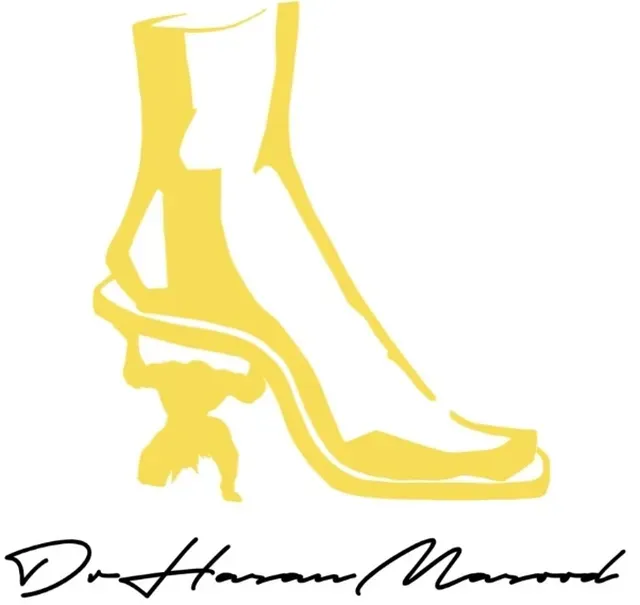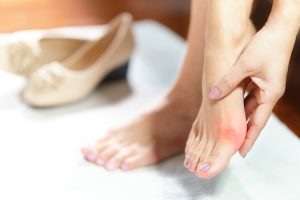bunions
Visit Us
Our goal is for you to leave our office with a memorable and enjoyable experience, which is why our welcoming and compassionate staff will do everything they can to make you feel right at home.
-
White Plains Office
-
Nyack Office

